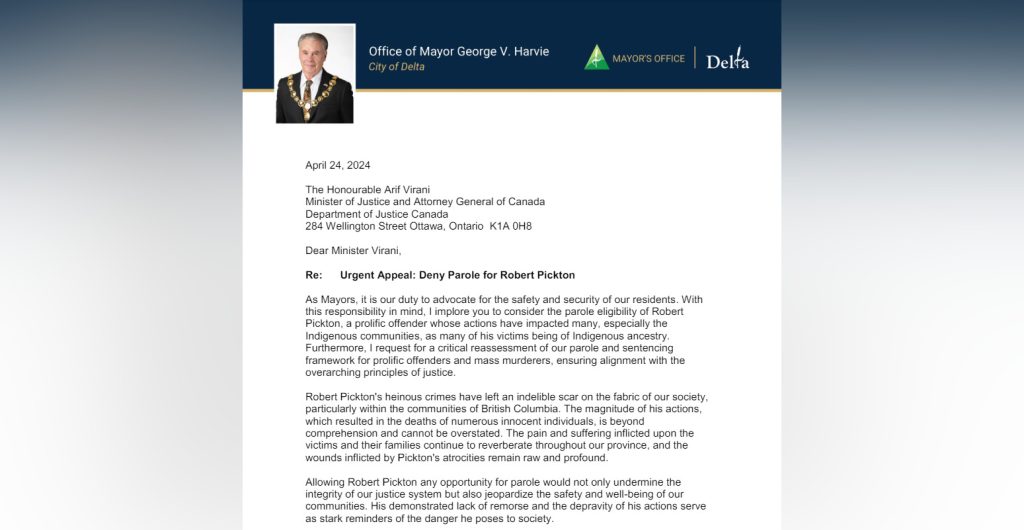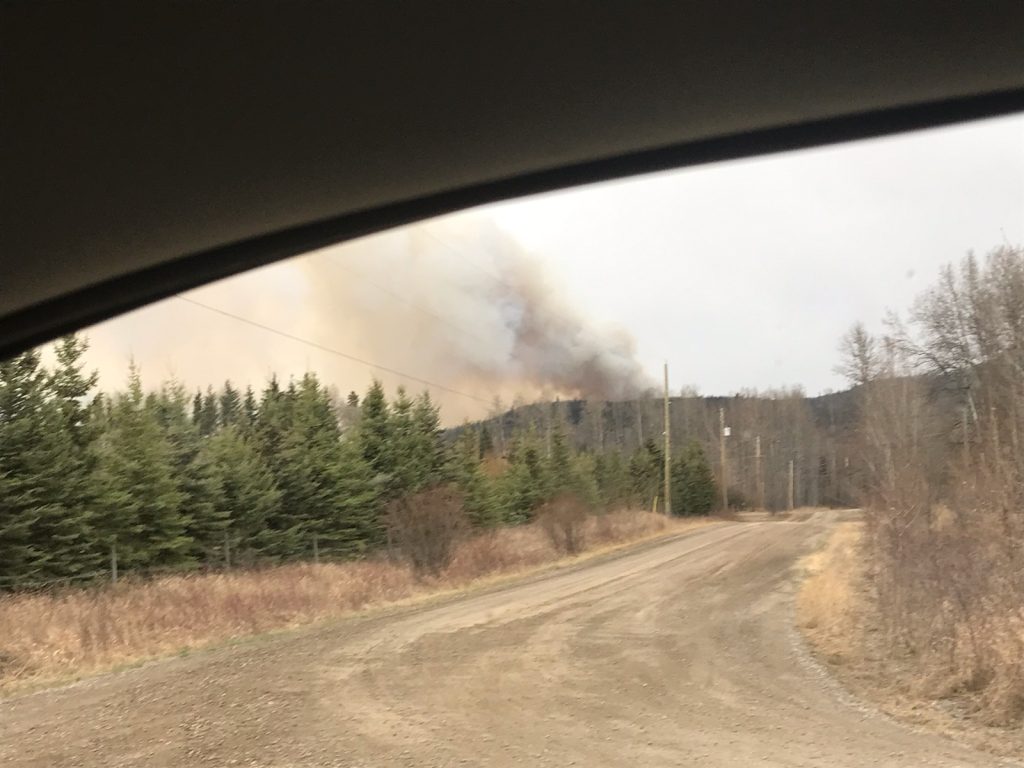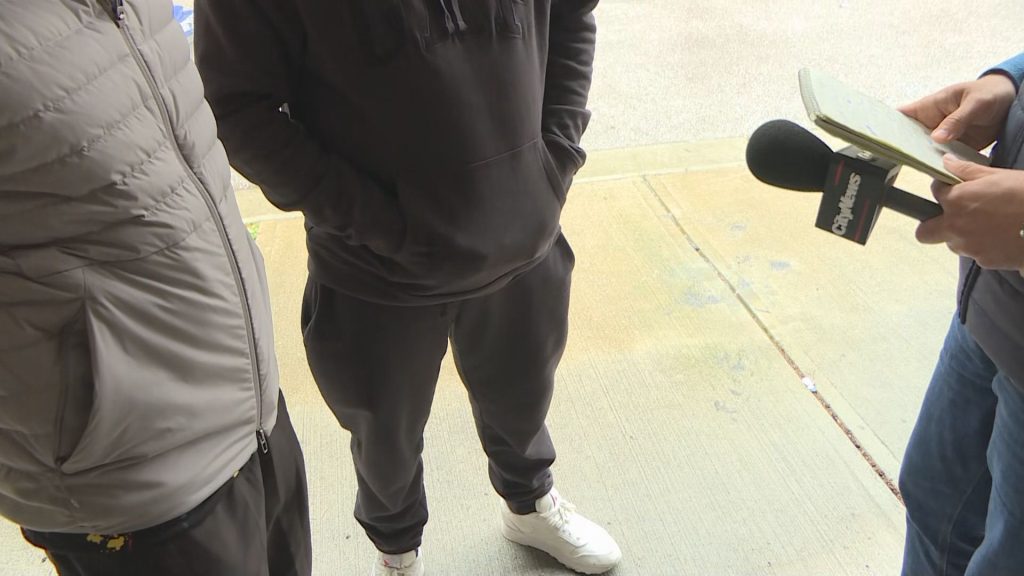Concussions: Injuries now being taken more seriously at the teenage level
Posted November 27, 2014 6:00 am.
This article is more than 5 years old.
VANCOUVER (NEWS1130) – When you think of an injury suffered during a sporting event, thoughts usually turn to broken bones and dislocated joints. But more and more often, concussions are entering that conversation. And treating them is different for every person.
In the fourth part of our series on concussions, we’re learning a lot of these injuries are happening at the high school level.
“These days, probably 50 per cent of the practice is high-school age kids,” says Dr. Cirelle Rosenblatt, a clinical psychologist who specializes in neuro-psychology and concussions.
And there’s no single reason for that.
“There’s more awareness and media attention on concussions and so people are thinking about it when their kids might be injured. There’s some greater prominence to the opportunities for rehabilitation. And perhaps if you googled ‘concussion rehab’ a year ago, there wasn’t anything; now, at least, this clinic comes up. So people are looking to the places they may always have looked to but now there’s at least an option.”
Gone are terms like ‘getting one’s bell rung,’ replaced by an abundance of caution.
Rosenblatt says the idea that a younger person’s brain recovers faster from injury has also been eroded from public perception.
“Where [teenagers are] at developmentally, they’re at more risk [during an injury]. The hit has far-reaching implications for their development at the same time that they’re recovering from their injury. So if we alter the trajectory of the normal developmental process, then that is a further challenge to a system that is just trying to correct itself to function in a normal way.”
Rosenblatt is a strong advocate of a province-wide protocol for concussions across all levels of sport. She says BC has fallen behind other states and provinces in that regard and feels coaches need to take the ability to get back in the game out of a player’s hands.
“Yes, we should. We’re kind of late to that game on this continent. There’s a bit of a ‘zero tolerance’ for that, in my opinion. I think that we should be doing something about that; we should have been doing something about it. And we shouldn’t need to deal with lots of bureaucracy to implement that. It’s well-established that those protocols protect student athlete’s brains. There’s no reason why we should be taking risks when we have something that is so well-established and well-proven that can do so much with something that is available to us to simply access and implement.”
Athletic directors and PE staff from the Vancouver School Board are meeting this week, continuing to work towards drafting that protocol but there is no timeline for when it will be implemented.
Tomorrow, we’ll wrap up our series with a look at the science behind concussions.










